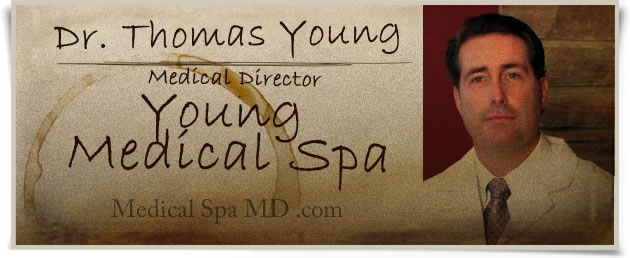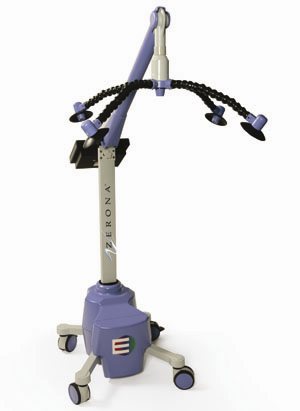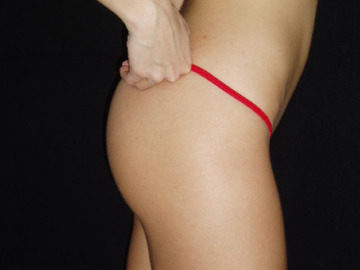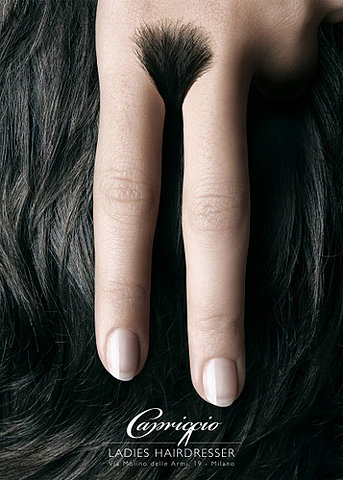The State of Aesthetic IPLs & Lasers
/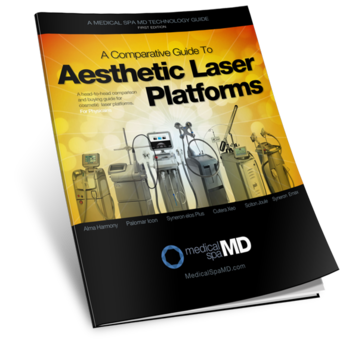 In the last few years there's been an explosion of new IPLs and cosmetic lasers.
In the last few years there's been an explosion of new IPLs and cosmetic lasers.
While that's generally good for clinics - inducing some competition and pricing/sales pressure - it can be a problem trying to find the right system to invest in.
READ: Cosmetic IPL & Laser Reviews & Comparisons Forums
In 2011, Dermatologist Dr. Goldman wrote a journal article about using what kind of laser should be used for the practice. In the present, there are devices that have multiple modalities and treatment options, you can have a single laser device instead of two or more. These devices are now made convenient for physicians and practitioners.
Lasers are steadily gaining traction in the aesthetic field. Many aesthetic devices have been launched, and various companies continue to upgrade their devices or create breakthroughs. Physicians are able to choose devices, which is suitable for their practice, as there are many ranging from skin rejuvenation to fat melting to even vaginal rejuvenation. At the same time, not everything has been met with praise, as lasers have its downsides for the patients or the physicians or practice itself. Thus, it is best that physicians and practitoners practice laser treatments with care.
Multiple treatments are common in many practices. More and more aesthetic companies are making more integrated systems with multiple modalities. Alma, Sciton, and Cutera are some of the aesthetic laser companies that have begun or launched a multiple modality device for one’s practice. No studies have been made about the efficacy of using multi-modality systems, but the technology is promising.
Having multiple modalities could mean multiple or combination treatment options. Effectiveness has been proven in several studies. Prior to multiple modality in a single device, physicians have been combining treatments.
Findings:
- In a dermatologic setting, treatment of non-melamona skin cancer with laser and photodynamic therapy was proven successful and effective. Er:YAG and ALA-PDT had the most efficacy rate with 98.97%
- Goldberg, 2012 suggests that IPL is better at removing hair considering it will be done with multiple sessions
- As for skin rejuvenation, an alternative to fillers would be repeated Erbium:YAG laser mini-peels (El-Domyati et al., 2013), leaving patients with an average of 88% satisfaction rate after the treatment.
Lasers remain to have some controversy over lawsuits filed by patients and complications brought about by its usage. One common issue faced by practices is negligence or mishandling by a non-physician administering the laser procedure. Several state laws allow non-physician practitioners, so long as the doctor is present in the practice. However, unhappy patients experieince some adverse side effects possibly due to poor handling and patient screening.
Training is important to avoid any of this concerns to rise and be the cause of lawsuits. According to E. Victor Ross, dermatologist, vigilance is key when administering laser treatment.
In 2016, a study was published by Dr. Gary Chuang, noting that fumes were present in a laser hair removal system. There are 13 carcinogenic compounds present in the laser hair removal plume. It is a cause for alarm as it could affect the respiratory systems of those performing the procedure and those receiving it. The researchers suggest that better ventilation systems and protection would help prevent any further issues.
Aside from this finding, Laser Service Solutions provides us with a list of common issues with laser devices. Technical issues like LCD screens and circuit boards should not be taken lightly. Other problems include: water issues, calibration, and handpieces.
It is expected that despite issues and problems, aesthetic laser procedures will still rise according to several market research reports.
REFERENCES:
https://www.ncbi.nlm.nih.gov/pmc/articles/PMC3390232/https://www.ncbi.nlm.nih.gov/pmc/articles/PMC3376014/https://www.ncbi.nlm.nih.gov/pmc/articles/PMC4632833/https://www.ncbi.nlm.nih.gov/pmc/articles/PMC3100114/http://dermatologytimes.modernmedicine.com/dermatology-times/news/laser-fundamentals?page=0%2C1http://jamanetwork.com/journals/jamadermatology/article-abstract/2532614https://www.laserservicesolutions.com/most-common-aesthetic-laser-issues/


